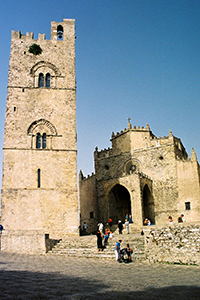Speaker
Description
Within the Marie Skłodowska-Curie innovative training network MEDICIS-Promed, a $^{11}$C based carbon therapy protocol is being developed. Replacing the stable $^{12}$C beam with its radioactive isotope $^{11}$C, therapy can be combined with on-line PET-imaging. The PET-images that are recorded simultaneous with the treatment, represent a 3D dose distribution map of the irradiation field, and thus, provide an on-line dose verification. One challenge for the realization of such a treatment protocol is the production of the intense radioactive $^{11}$C ion beam. Effective treatments require beam intensities of $4\cdot 10^8$ ions/spill delivered to the patient. Radioactive ion beam (RIB) production is a multiple step system with inevitable beam losses across the process chain. Consequently, optimization of the individual steps is required, to meet the desired beam characteristics for effective hadron therapy treatments. We will present a $^{11}$C beam production system, based on the Isotope Separation On-Line (ISOL) technique that is currently being developed within MEDICIS-Promed. Key component for such an ISOL-type production system is the target-ion source unit. We developed a solid boron nitride (BN) target, manufactured by spark plasma sintering to improve the targets microstructure for fast diffusion and effusion times, aiming to enhance the isotope release properties. The target has been characterized and tested in various ways in respect of its feasibility and applicability in typical ISOL-type operational conditions. We will present and discuss results, such as temperature boundaries, operational limitations in oxidizing atmospheres and $^{11}$C release efficiencies.
$\textbf{Acknowledgments}$
The authors would like to thank the MEDICIS-Promed ITN for the framework in which this work has been carried out. Furthermore, we want to express our gratitude to the collaborators and their corresponding facilities for the support during these studies. This project has received funding from the European Union’s Horizon 2020 research and innovation programme under grant agreement No. 642889. Further funding was received from Fonds Wetenschappelijk Onderzoek - Vlaanderen (Belgium) and from a KU Leuven START grant.




